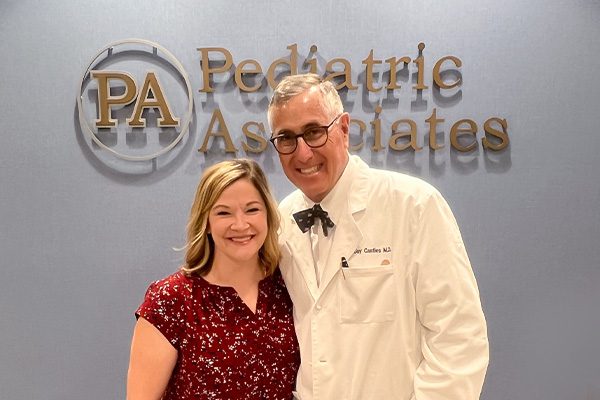Healthcare Updates
January Mindfulness: Glaucoma Awareness Month
Proactive MD helps patients to live preventive lifestyles in every aspect of health—including sight. That’s why we encourage awareness of glaucoma, a group of eye diseases that cause partial to full blindness. Nicknamed the “sneak thief of sight,” glaucoma can steal vision without symptoms. In fact, a person can lose up to 40% of vision before noticing. Consequently, half of people don’t even know they have glaucoma. The condition affects more than 3 million people in the United States alone, with an expected 58% increase by 2030.
Who is at Risk?
Family history of glaucoma greatly increases one’s risk. Diabetics, those with high-blood pressure, and the severely nearsighted are also at increased risk, as well as those of African, Asian, and Hispanic descent. Glaucoma mostly affects the middle-aged and elderly, but it can still affect all ages.
Although glaucoma generally results from damage to the optic nerve, the different types of glaucoma—including open-angle glaucoma, angle-closure glaucoma, normal-tension glaucoma, and congenital glaucoma—each have unique causes and risk factors.
Is It Preventable?
Although glaucoma is irreversible, it can be prevented or slowed through surgery and medication. Routine eye exams are the best way to detect glaucoma early and are recommended every two to four years before age 40, every one to three years from 40 to 54, every one to two years from 55 to 64, and every six to twelve months after age 65. These eye exams are incredibly important because there are virtually no symptoms of glaucoma that would otherwise alert patients to the condition. If necessary, your provider may prescribe eyedrop treatment upon examination.
Other lifestyle choices such as wearing protective eyewear when appropriate can also help prevent or slow the development of glaucoma. Even healthy eating and exercise, through helping control/prevent associated conditions such as diabetes and high-blood pressure, can lower one’s risk.
Speak with your provider to assess your risk for glaucoma and make any necessary changes to your care plan.
Sources:
- https://www.glaucoma.org/news/glaucoma-awareness-month.php
- https://www.cdc.gov/visionhealth/resources/features/glaucoma-awareness.html
- https://www.nei.nih.gov/learn-about-eye-health/eye-conditions-and-diseases/glaucoma
- https://www.glaucoma.org/glaucoma/types-of-glaucoma.php
- https://www.aoa.org/healthy-eyes/eye-and-vision-conditions/glaucoma?sso=y
Sign up to get the latest news and insights from Proactive MD.


